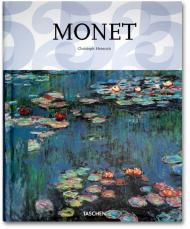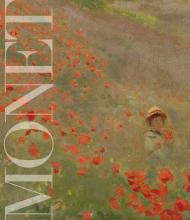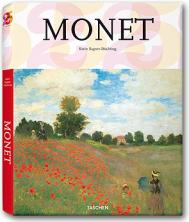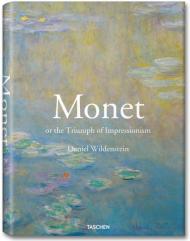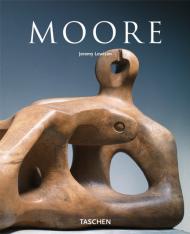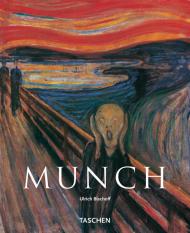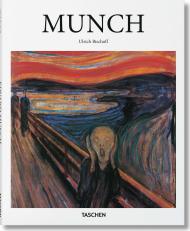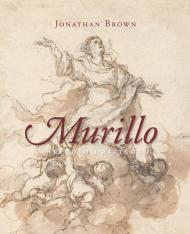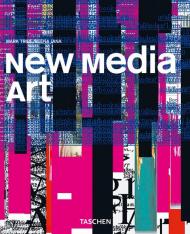Master of the sublime. The essential Impressionist
No other artist, apart from J.M.W. Turner, tried as hard as Claude Monet (1840–1926) to capture light itself on canvas. Of all the Impressionists, it was the man Cézanne called “only an eye, but my God what an eye!” who stayed true to the principle of absolute fidelity to the visual sensation, painting directly from the object.
It could be said that Monet reinvented the possibilities of colour. Whether it was through his early interest in Japanese prints, his time as a conscript in the dazzling light of Algeria, or his personal acquaintance with the major painters of the late 19th century, the work Monet produced throughout his long life would change forever the way we perceive both the natural world and its attendant phenomena. The high point of his explorations was the late series of waterlilies, painted in his own garden at Giverny, which, in their approach toward almost total formlessness, are really the origin of abstract art.
This biography does full justice to this most remarkable and profoundly influential artist and offers numerous reproductions and archive photos alongside a detailed and insightful commentary.
The author:
Daniel Wildenstein (1917-2001) was an art historian and member of the Académie des Beaux-Arts (Paris). From 1939 onwards, he was Director of the Wildenstein Galleries of New York, London and Tokyo. He edited several international journals, e.g. the magazine Arts from 1956-1962 and the Gazette des Beaux-Arts after 1963. He co-founded the Foundation Wildenstein in 1970 (it was renamed the Wildenstein Institute in 1984), and was a prime mover in many exhibitions of international repute. Daniel Wildenstein also edited the catalogues raisonnés of various 18th, 19th and 20th-century artists. He was a world authority on Impressionism and published catalogues of the works of Gauguin, Manet and Monet.
About the series:
Bibliotheca Universalis — Compact cultural companions celebrating the eclectic TASCHEN universe at an unbeatable, democratic price!
Since we started our work as cultural archaeologists in 1980, TASCHEN has become synonymous with accessible, open-minded publishing. Bibliotheca Universalis brings together more than 100 of our all-time favourite titles in a neat new format so you can curate your own affordable library of art, anthropology, and aphrodisia.
Bookworm’s delight — never bore, always excite!

